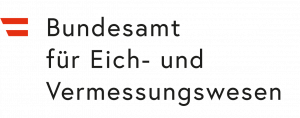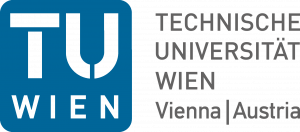Vienna VLBI and Satellite Software (VieVS)
The Vienna VLBI and Satellite Software VieVS is being developed at TU Wien since 2008. Starting as a state-of-the-art VLBI analysis software package, VieVS was gradually updated with additional capabilities and modules. Today, all software developed at the GEO department at TU Wien is released under the VieVS-umbrella. All VieVS modules are designed with a focus on interoperability in order to extend the functional range of VieVS.
Read the VieVS reference paper: Böhm et al. (2018), PASP, Vol. 130, Nr. 986 (open access)!
VieVS is available on GitHub!
All components of VieVS are open source. Feel free to use and modify the source code according to your needs and in accordance with the terms of the GNU General Public License v3.0. We are open for comments, bug-reports and of course questions (if they cannot be solved using the documentations).
The following VieVS Modules are publicly available:
- VieVS-VLBI: State-of-the-art VLBI analysis software, including features for the simulation and scheduling of VLBI sessions.
- VieSched++: A new VLBI scheduling software written in C++.
- RADIATE: A ray-tracing program for the reconstruction of tropospheric delays in geodesy, written in Fortran.
VieVS-VLBI
Learn more about VieVS-VLBI in our Wiki!
VieSched++
VieSched++ is a stand-alone tool of the Vienna VLBI and Satellite Software (VieVS). The scheduler is written in C++ and aims to be flexible and easy to use, with a modern graphical user interface while creating high-quality schedules.VIeSched++ is widely applied in our scheduling center.

RADIATE
Read the RADIATE reference paper: Hofmeister & Böhm (2017), JGeod, Vol. 91, 8 (open access)!Try the online ray-tracer implementing RADIATE!





